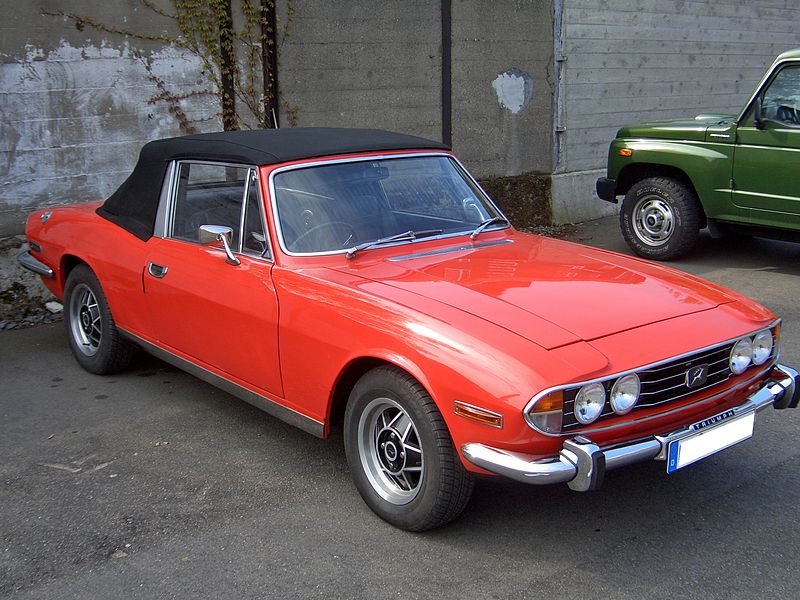5 Classic Cars Made From Parts of Other Cars

Classic cars are of course praised for their special and unique qualities, which is why particularly rare models are widely sought after by collectors and enthusiasts alike.However, there are a number of classic car models out there that have certainly made use of one or two external influences and parts from other cars, often to simply keep costs down. So, we’re going to take a look at 5 such examples…
Land Rover Discovery
The Land Rover Discovery has certainly cemented its place in history as an all time classic, combining comfort on the roads with off-road practicality. However, the first first-generation Discovery was actually a mash up of other parts that the Rover Group had spare at the time.The engine of the premium SUV was brand new, but when it came to the chassis, doors, door handles and glass, these were in fact taken from the Range Rover Classic. The vehicle’s headlights were from a Freight Rover van, the tail lights from the Maestro Van, and even the switchgear was from the Rover 800.
Jaguar X300
The 1994 Jaguar X300 replaced the less traditional looking XJ40, moving back towards the more iconic, rounded and fluid shape. However, the now classic X300 wasn’t all that different from the model it had replaced.In fact, pretty much everything on early X300s, from the engine, gearbox and exhaust to the doors, dashboard and even the bulkhead had been lifted from the Jaguar XJ40. It could be argued that the original 1994 classic X300 was simply a very well marketed facelift of a car.
Skoda Favorit Estate
When Skoda decided to launch an estate version of its compact Favorit hatchback, it was a pretty simple and effective business idea. Mainly because the new Favorits were incredibly simple to build.The Czech automobile manufacturer simply used the body shell from the existing Favorit model and then added extra room between the back doors and the tailgate, 70 cm to be exact. Its doors, glass and tailgate were all identical to the compact hatchback.
Triumph Stag
This classic car from the largest British motorcycle manufacturer, began as an experiment to engineer a premium but affordable grand tourer. Triumph engineers had to make the best or what they could at the time, utilising the platform and bodyshell of the 2000 saloon.As the new design was being put together, it has already been agreed that if the Director of Engineering at Triumph liked it then they could use the prototype as a basis for a brand new model. The Stag shared the same tail lights, windscreen, scuttle panel, grille and front lights as the 2000 Mk2, it even had elongated versions of its front wings.
Peugeot 309
The Peugeot 309 was originally developed on a budget and was never intended to be badged as a Peugeot at all. The small family car was manufactured to be another Talbot model, the Talbot Arizona.In 1985, parent group PSA pulled the plug on the Talbot brand and discontinued it just before the new model was launched. The 309 was more advanced than the ageing 305 model, but borrowed heavily from existing PSA/Simca/Talbot running gear. It shared the same doors and roof as the 205, but this was hardly noticeable due to the distinct styling.


